How Fossils Are Formed Worksheet
Fossils, the remnants of ancient life, have fascinated scientists and enthusiasts alike for centuries. If you are a teacher or a parent interested in teaching your students or children about how fossils are formed, look no further! In this blog post, we will explore the benefits and importance of using worksheets as a valuable educational tool to engage young learners and facilitate a deeper understanding of this captivating subject.
Table of Images 👆
More Other Worksheets
Kindergarten Worksheet My RoomSpanish Verb Worksheets
Cooking Vocabulary Worksheet
DNA Code Worksheet
Meiosis Worksheet Answer Key
Art Handouts and Worksheets
7 Elements of Art Worksheets
All Amendment Worksheet
Symmetry Art Worksheets
Daily Meal Planning Worksheet
What is a fossil?
A fossil is the preserved remains or traces of ancient organisms that have been turned into rock over time through the process of mineralization, providing valuable evidence of past life on Earth.
How are fossils formed?
Fossils are formed when an organism, such as a plant or animal, is buried quickly after death in sediment or mud. Over time, the soft tissues decompose, leaving behind only the hard parts, such as bones, teeth, or shells. These remains can then be slowly mineralized as water and minerals seep into the buried remains, turning them into rock-like structures. The process of fossilization can take millions of years and requires specific conditions to preserve the organism's structure and shape.
What types of fossils are there?
There are five main types of fossils: trace fossils, which record the activity of organisms without preserving the actual body parts; mold fossils, which are imprints left by an organism in sediment that later hardens; cast fossils, created when a mold is filled with sediment or minerals; true form fossils, which preserve the actual body parts of an organism through mineral replacement; and petrified fossils, where organic material is replaced with minerals over time.
What is the process of petrification?
Petrification is a process where organic matter such as wood or bone is gradually replaced by minerals, ultimately turning it into stone. It occurs when the original material is buried under sediment, preventing decay and allowing mineral-rich waters to seep into the pores of the organic material. Over time, these minerals precipitate out of the water and gradually replace the organic material, resulting in a fossilized object that retains its original structure but is now made of stone-like material.
How do fossils form in sedimentary rock?
Fossils form in sedimentary rock through a process called fossilization, which occurs when organic material, such as bones or shells, are buried by sediments. Over time, as more layers of sediment accumulate on top of the organic material, the pressure and minerals in the surrounding sediment gradually replace the original organic material, creating a replica or impression of the organism. This process preserves the structure of the organism within the sedimentary rock, allowing scientists to study and learn about ancient life forms.
What is the role of permineralization in fossil formation?
Permineralization is a process in fossil formation where minerals fill in the pore spaces of organic material, preserving the structure of the original organism. This mineralization process helps protect the fossil from decay and other destructive forces, allowing it to persist over geological time scales. It plays a crucial role in the fossil record by creating a durable cast of the organism that provides valuable insights into ancient life forms and environments.
How are molds and casts formed?
Molds are formed when an object is surrounded by a material such as clay or silicone, capturing its shape. Once the material hardens and the object is removed, it leaves a negative impression or cavity, which is the mold. Casts are then formed by pouring a liquid material such as plaster or resin into the mold and allowing it to harden, resulting in a replica of the original object.
What is the process of carbonization?
Carbonization is the process of heating organic material, such as wood, in the absence of oxygen to convert it into carbon. This process involves driving off volatile compounds, such as water and gases, leaving behind a more concentrated form of carbon. The resulting carbonized material is often used in applications such as creating charcoal for fuel or as a precursor for producing carbon fibers.
How do trace fossils provide evidence of ancient life?
Trace fossils, such as footprints, burrows, and trails left behind by organisms, provide indirect evidence of ancient life by showing the activity of long-extinct organisms. These fossilized traces reveal behaviors, movement patterns, and interactions between species, giving researchers insights into the ecological roles and environmental conditions of past ecosystems. By studying trace fossils, scientists can reconstruct ancient environments and understand the evolutionary history and biodiversity of various organisms throughout geological time.
How do fossils provide clues about past environments and climate?
Fossils provide clues about past environments and climate through the types of organisms preserved, their distribution, and the conditions in which they lived. By studying fossilized plants, animals, and other organisms, scientists can determine the types of environments they inhabited, such as forests, oceans, or deserts. Additionally, the presence of certain species in specific locations can indicate the prevailing climate conditions of that time period, such as temperature, precipitation, and even atmospheric CO2 levels. Overall, fossils serve as valuable tools for reconstructing past ecosystems and understanding how they have changed over time due to shifts in climate and environmental factors.
Have something to share?
Who is Worksheeto?
At Worksheeto, we are committed to delivering an extensive and varied portfolio of superior quality worksheets, designed to address the educational demands of students, educators, and parents.

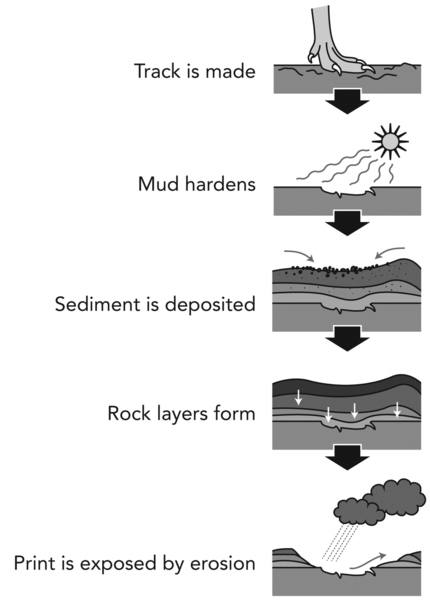



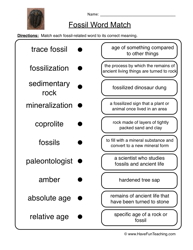
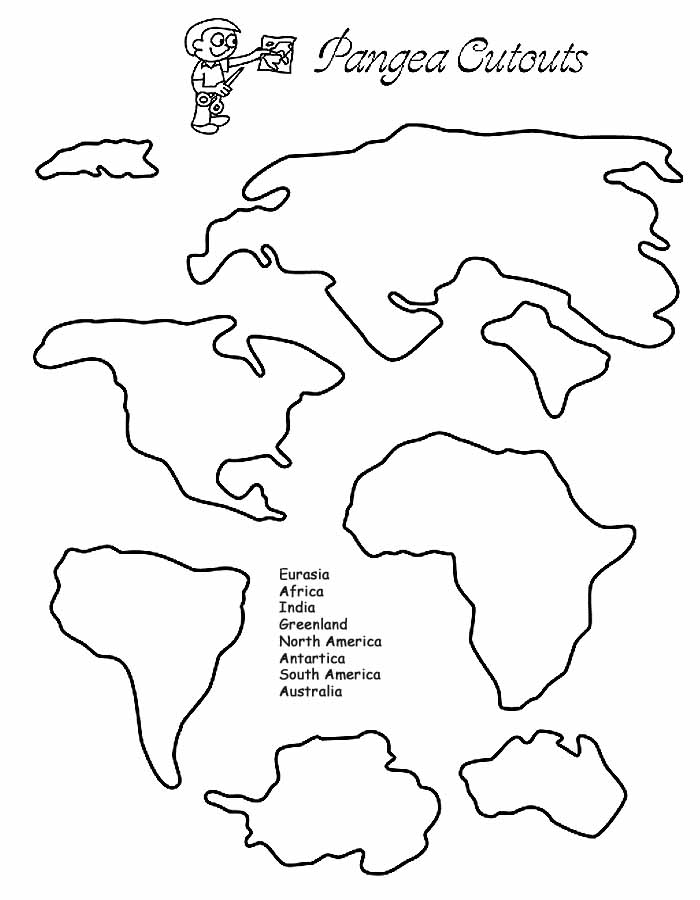
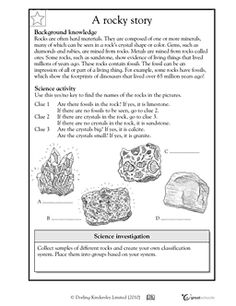
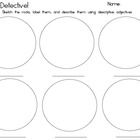
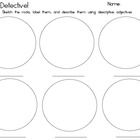
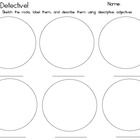
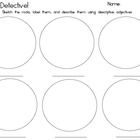
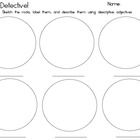
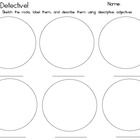
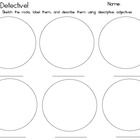
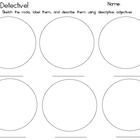
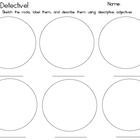
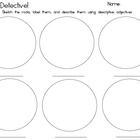
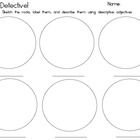















Comments